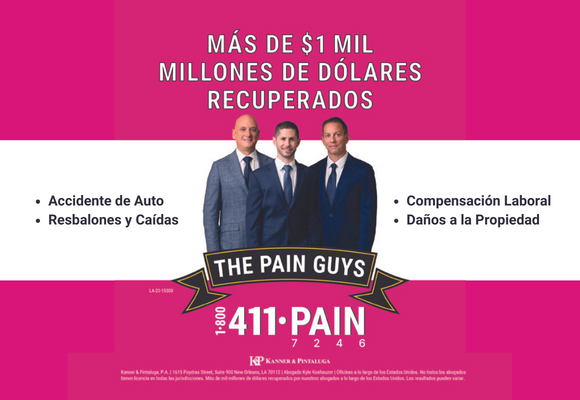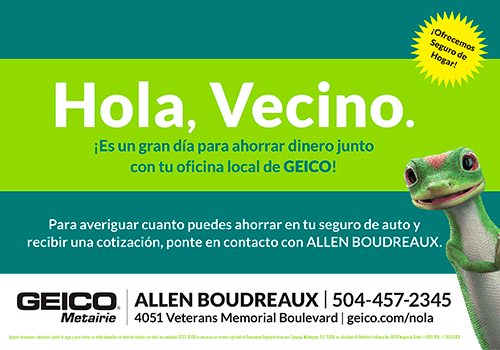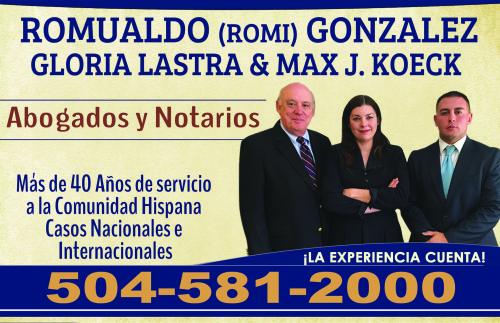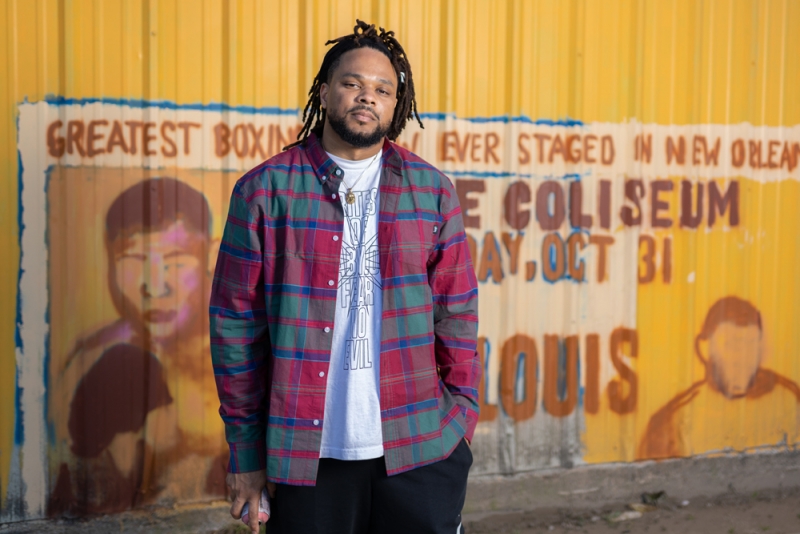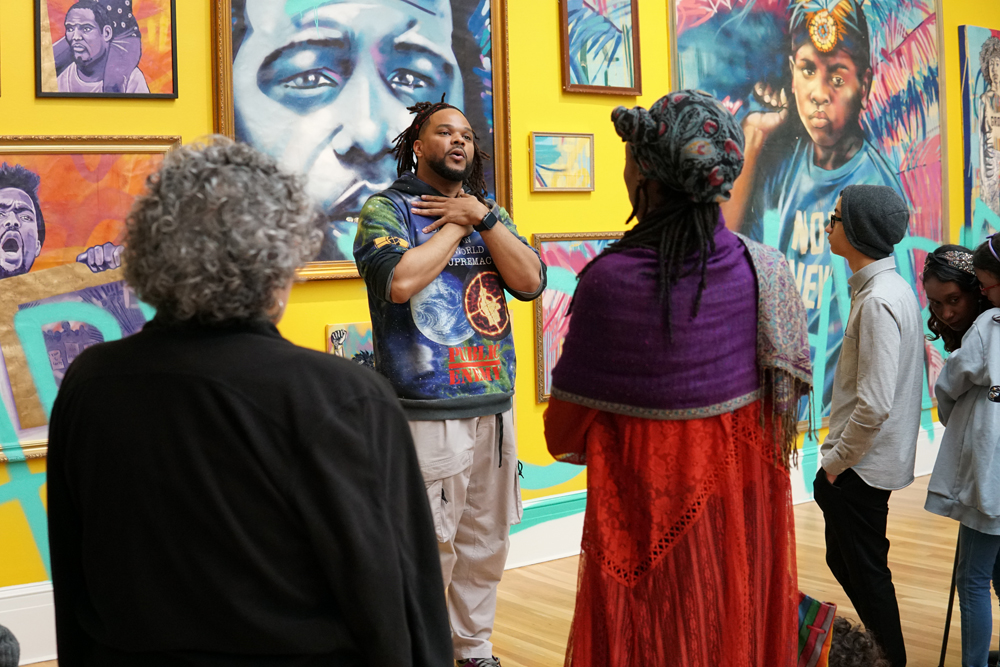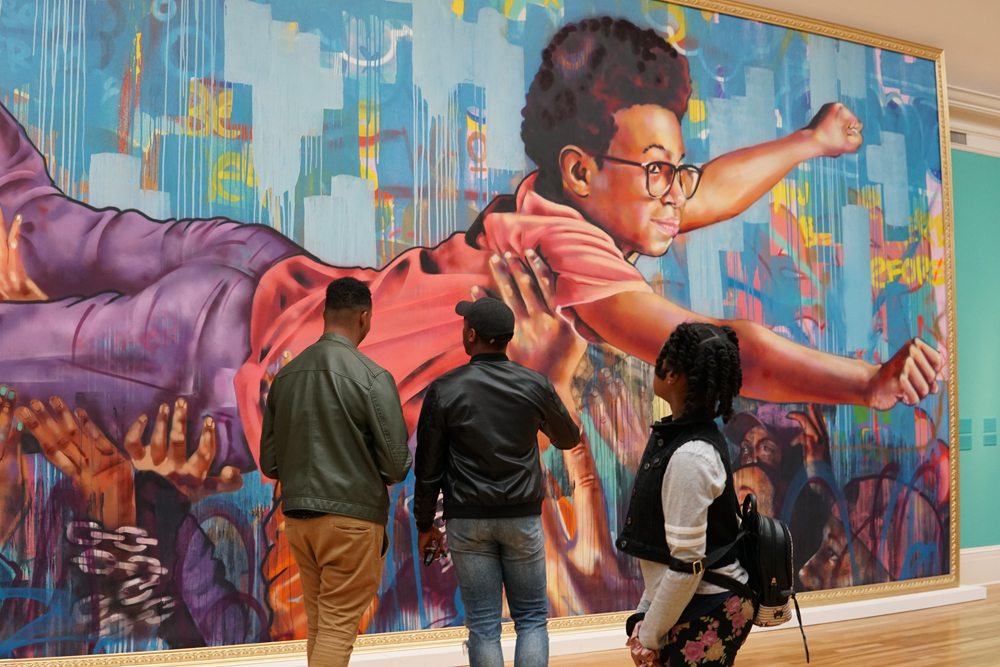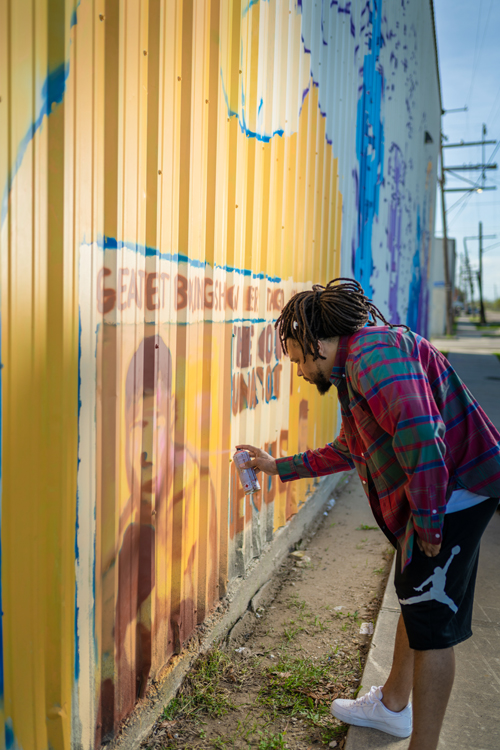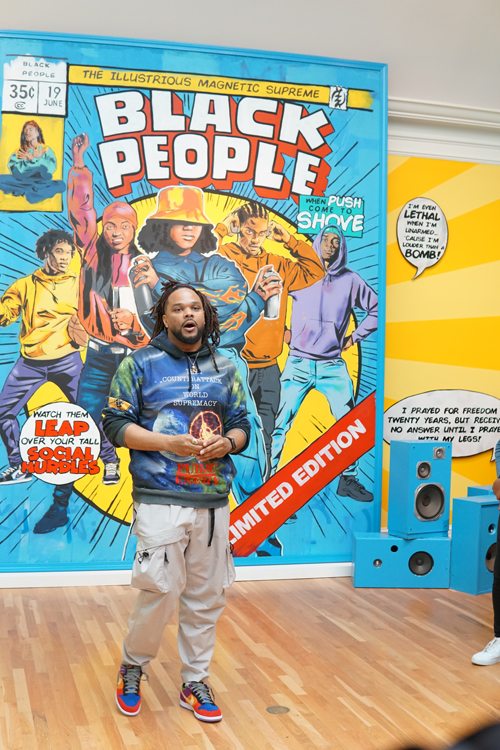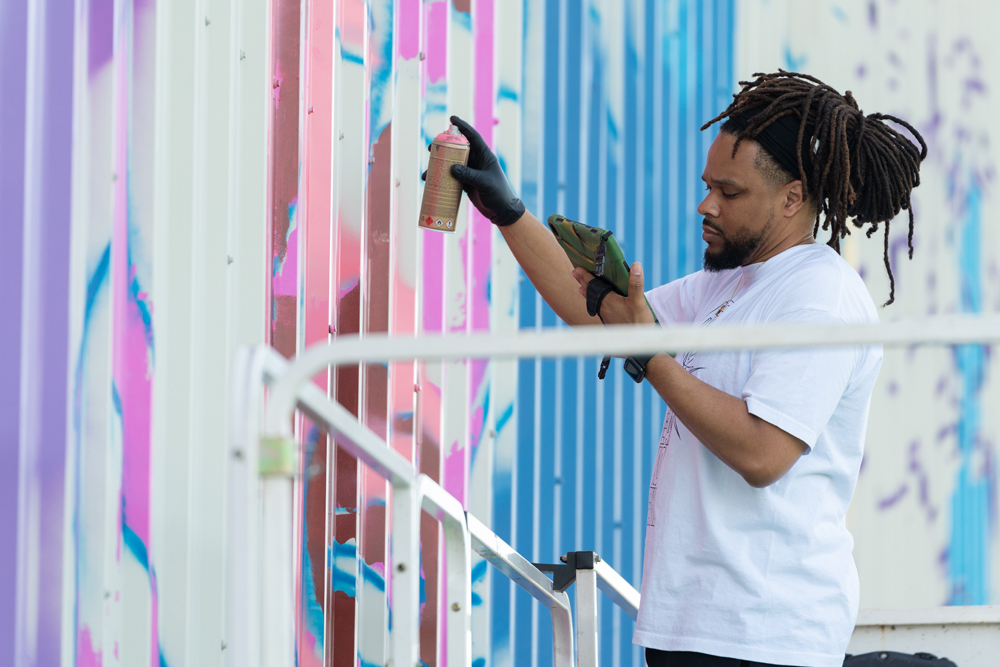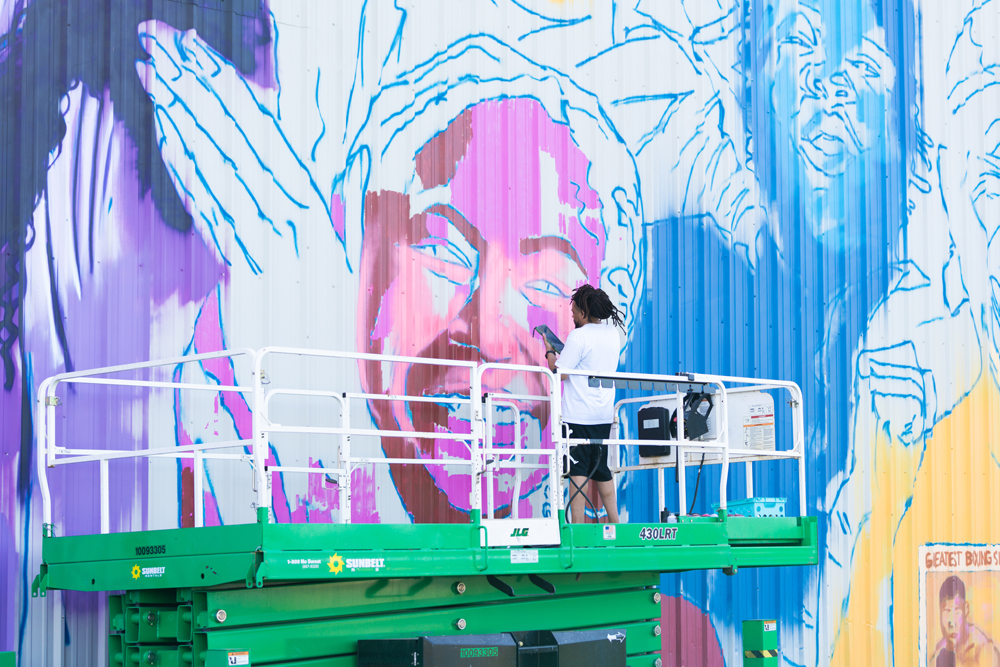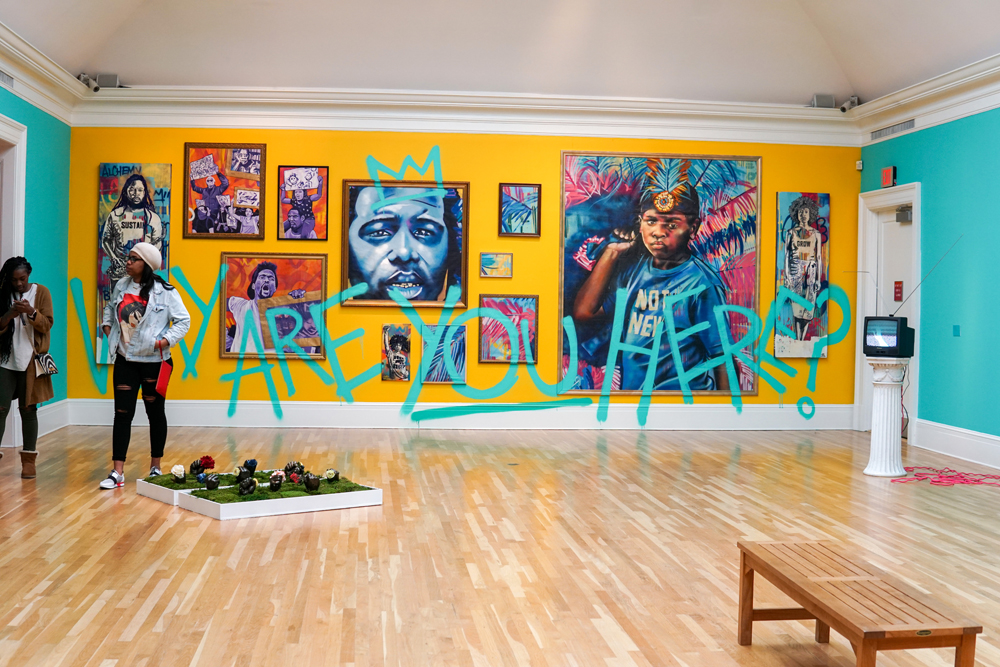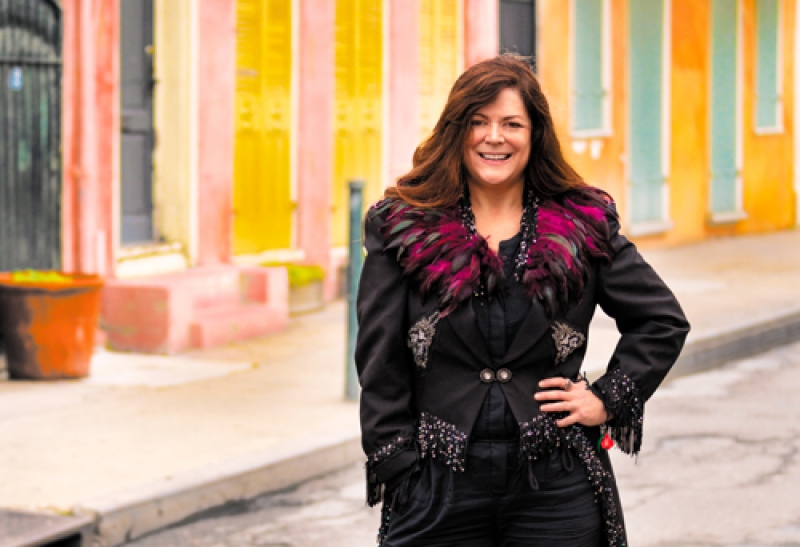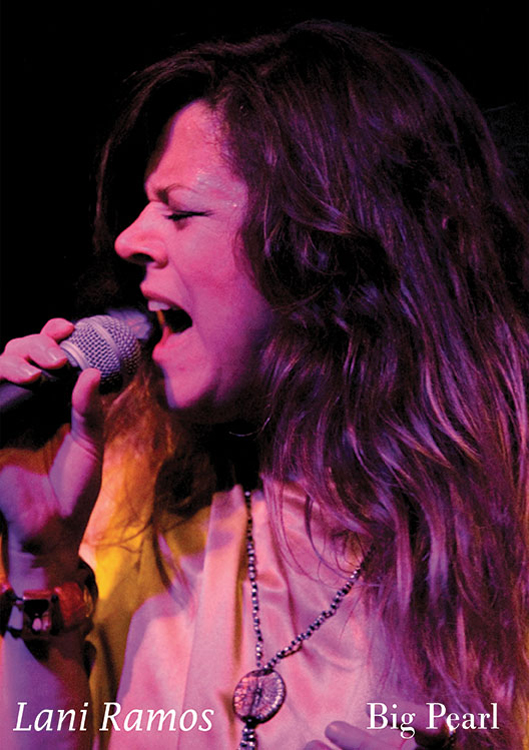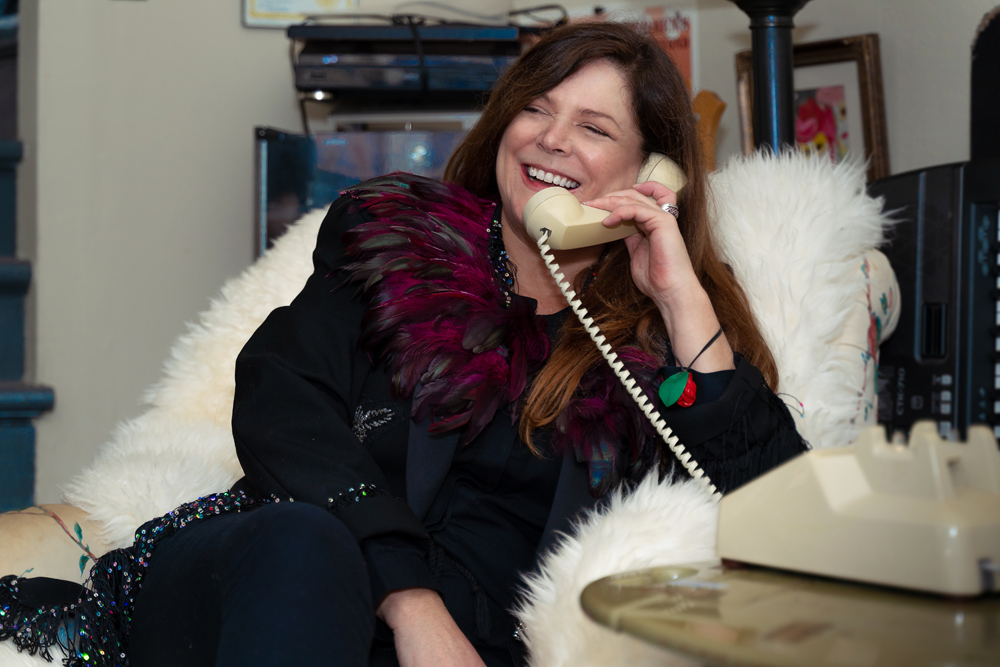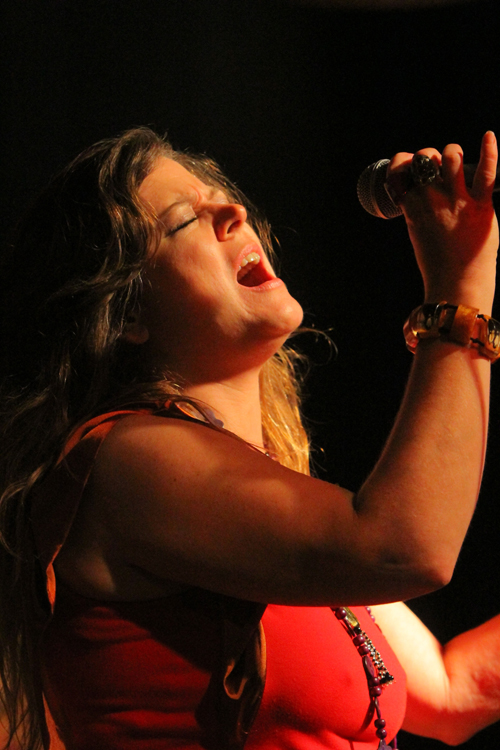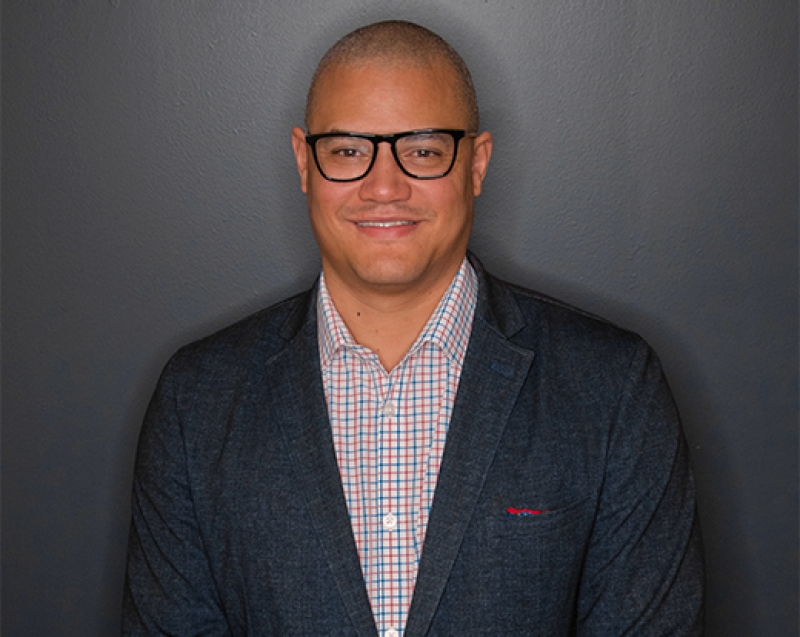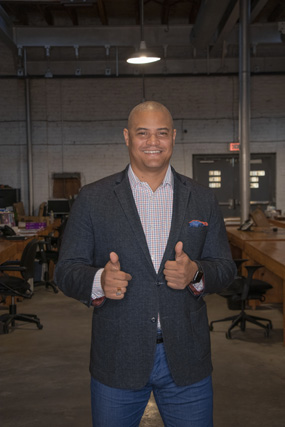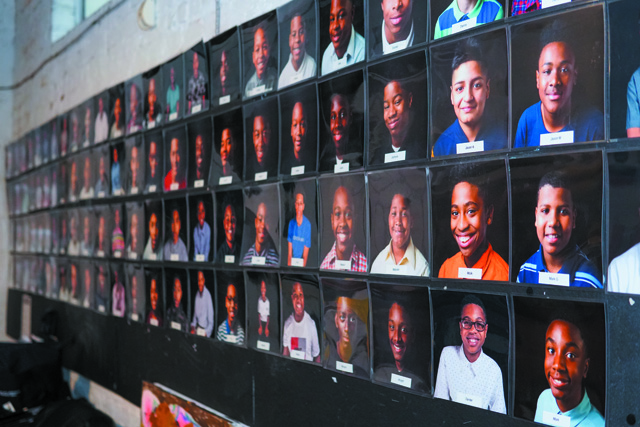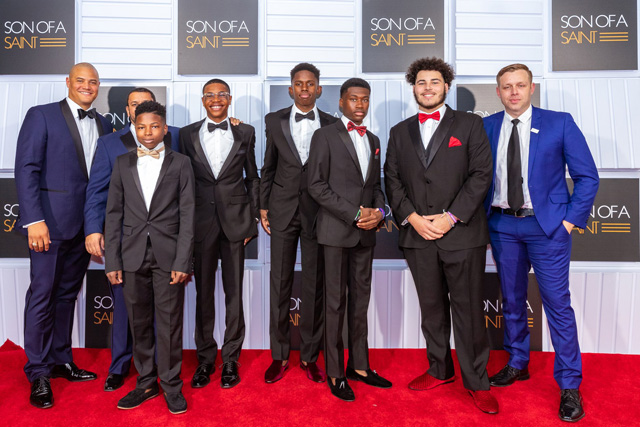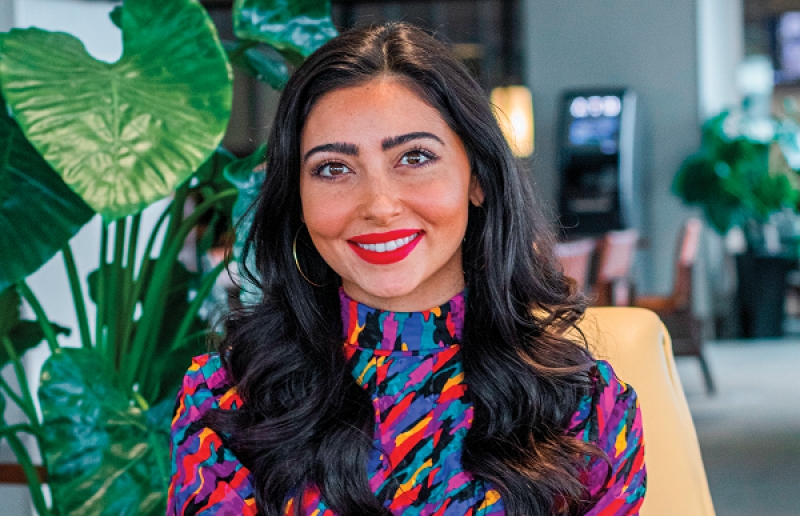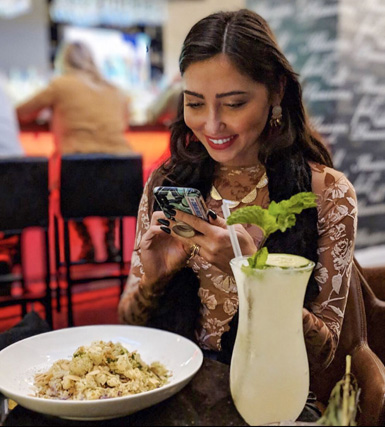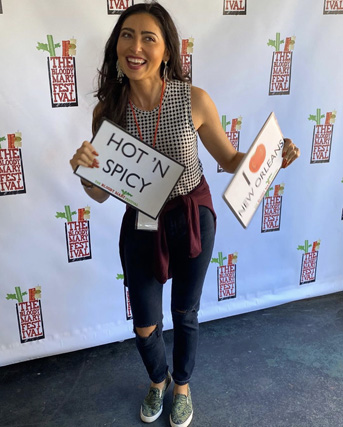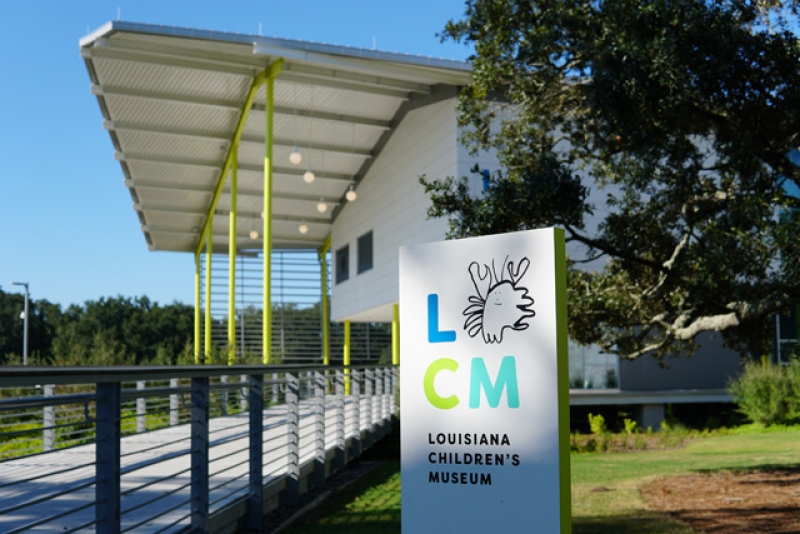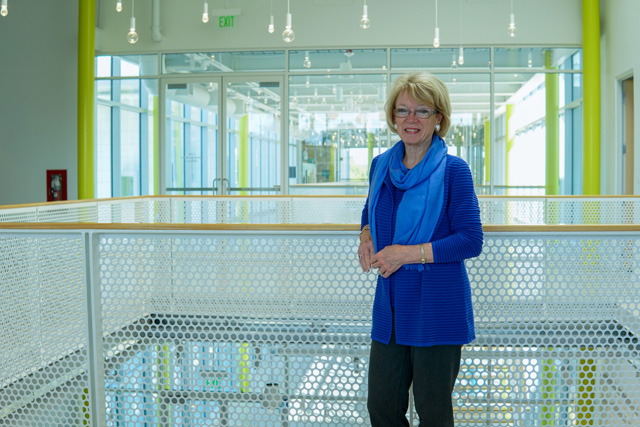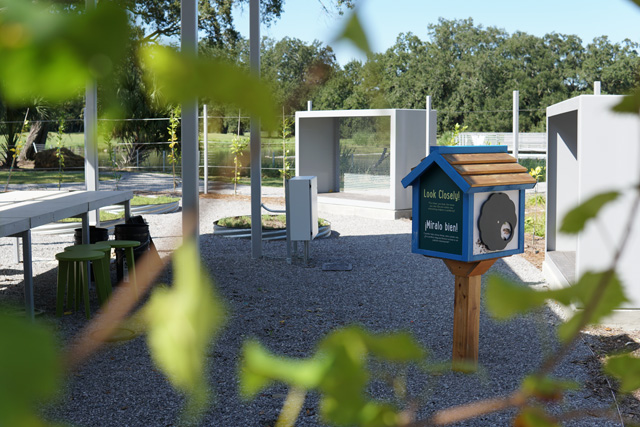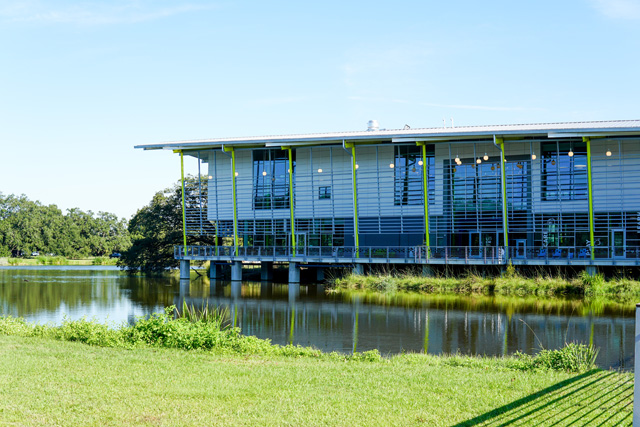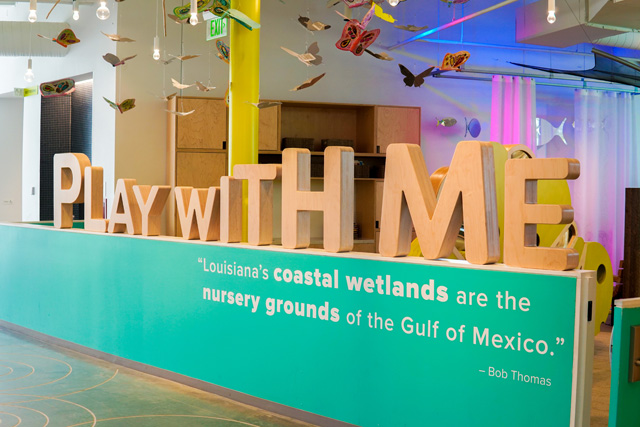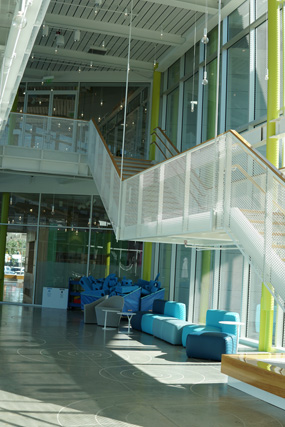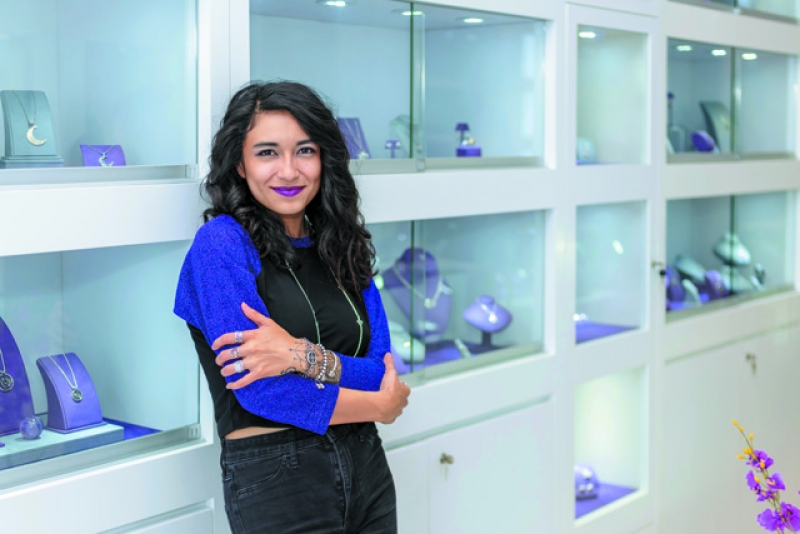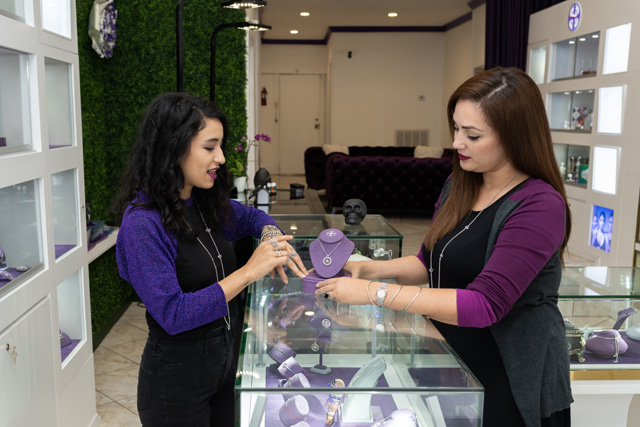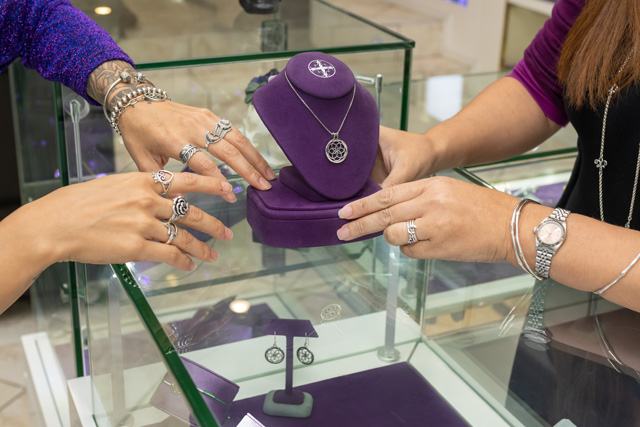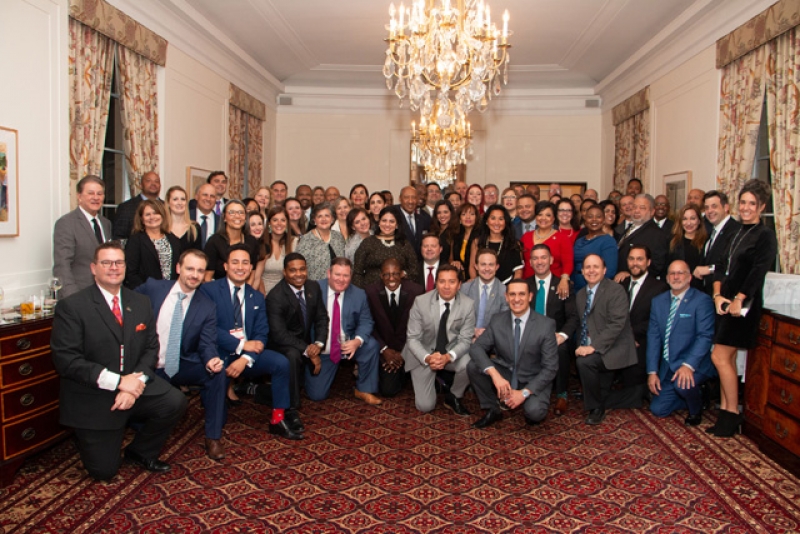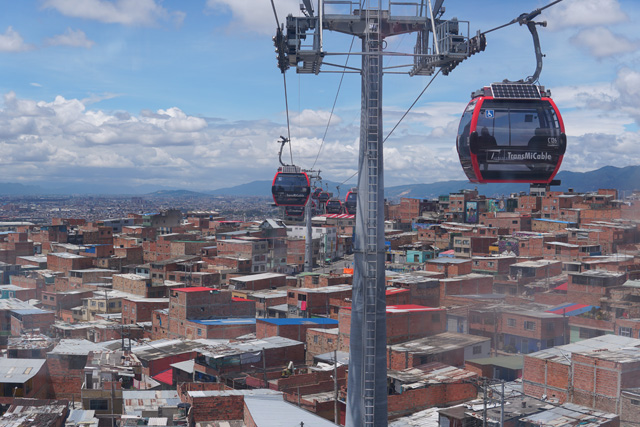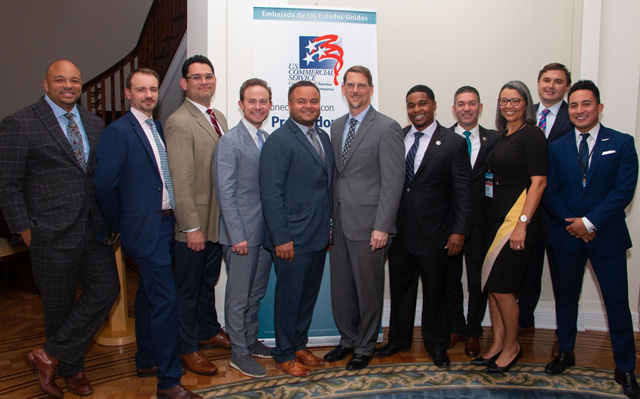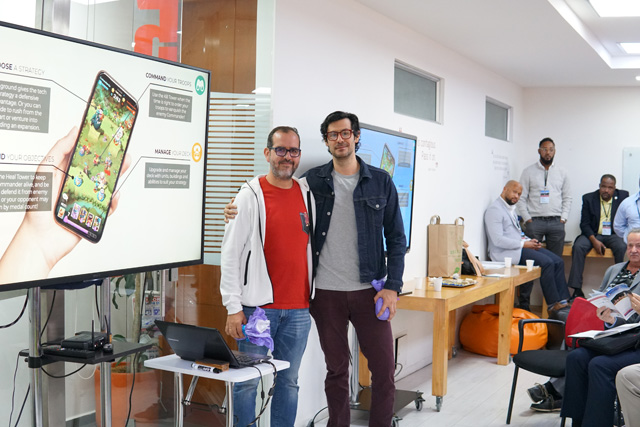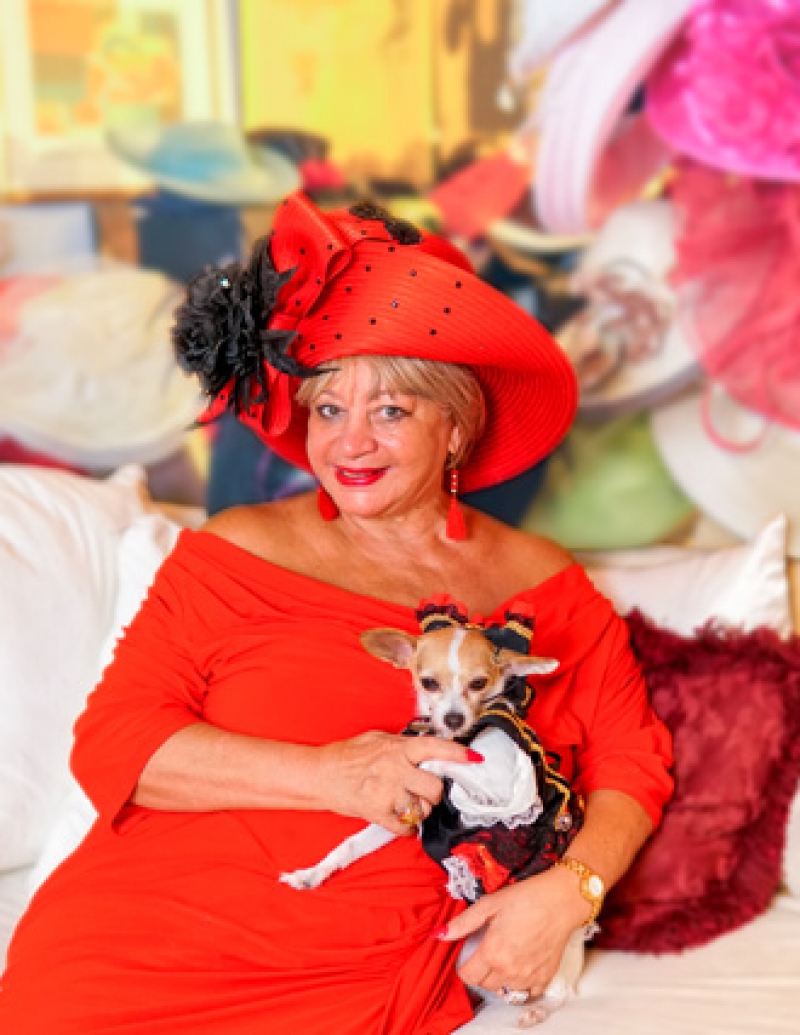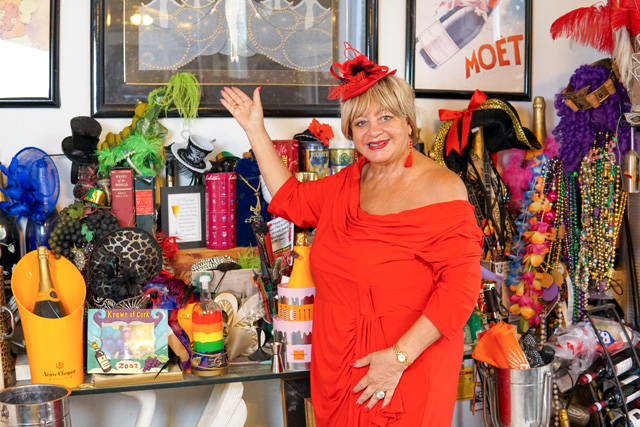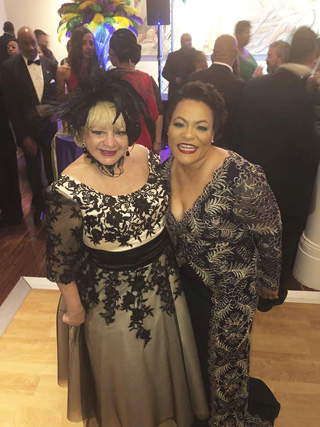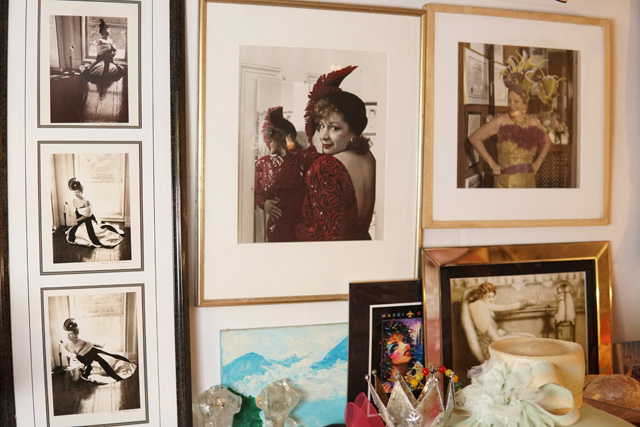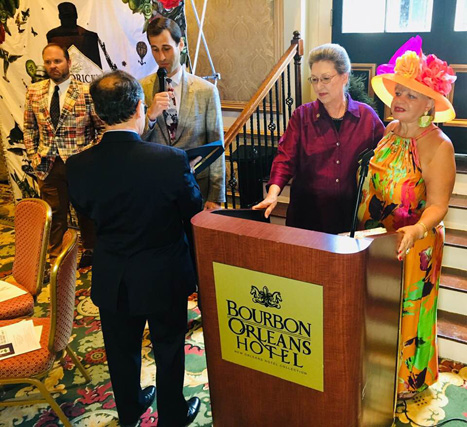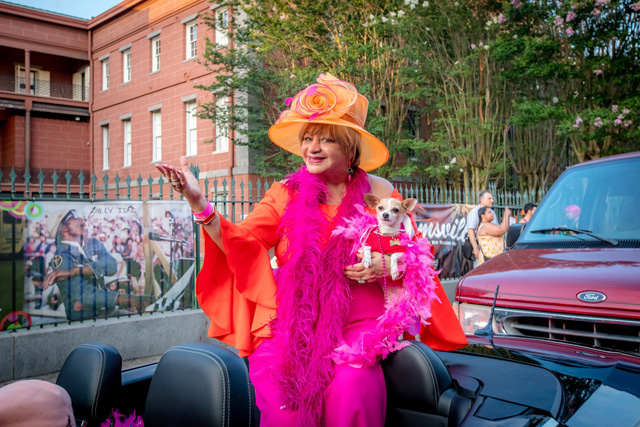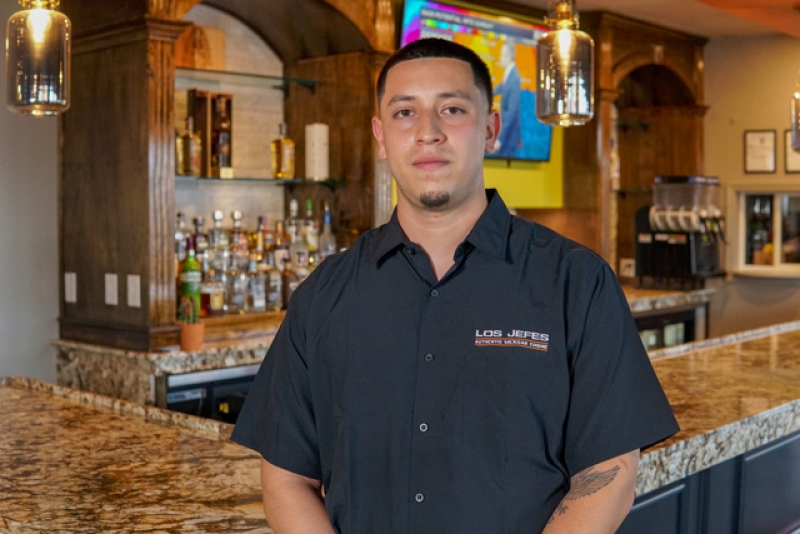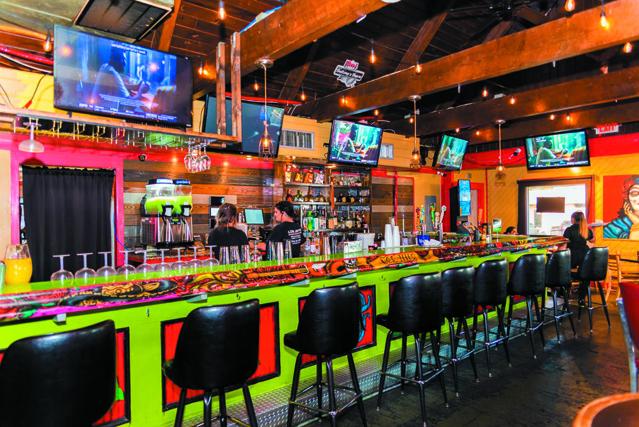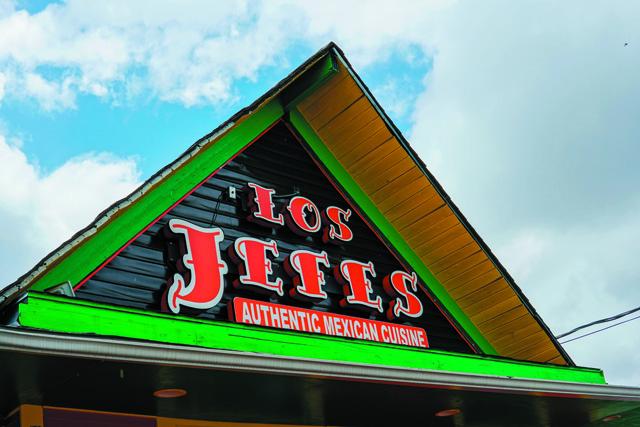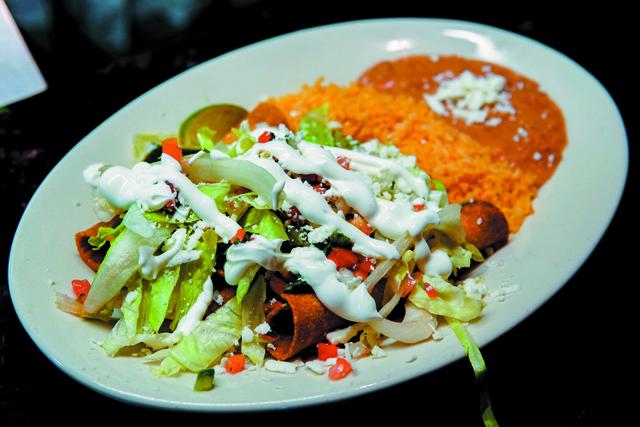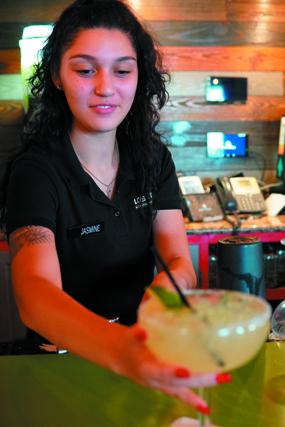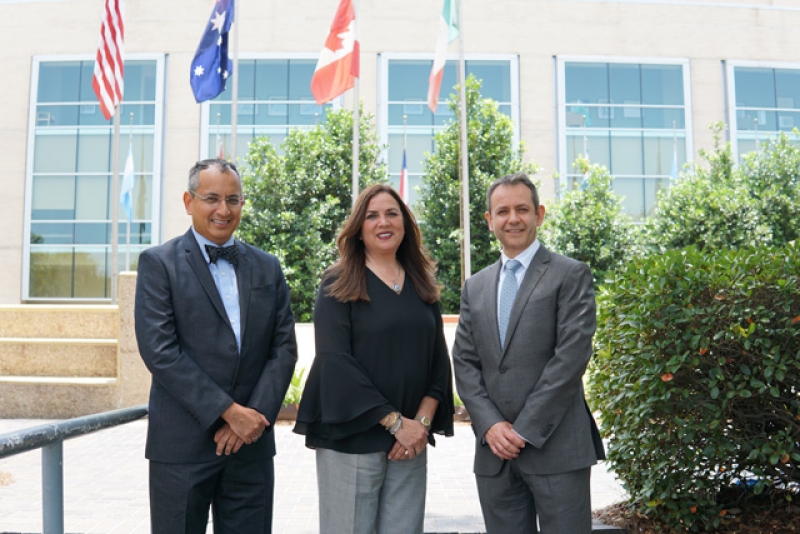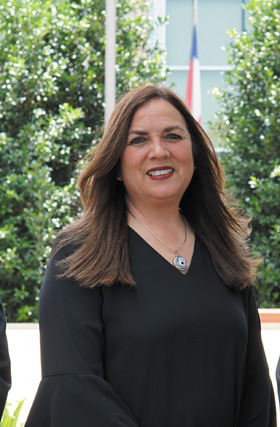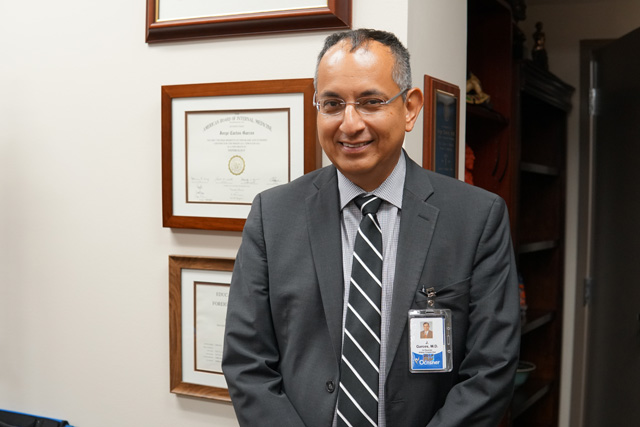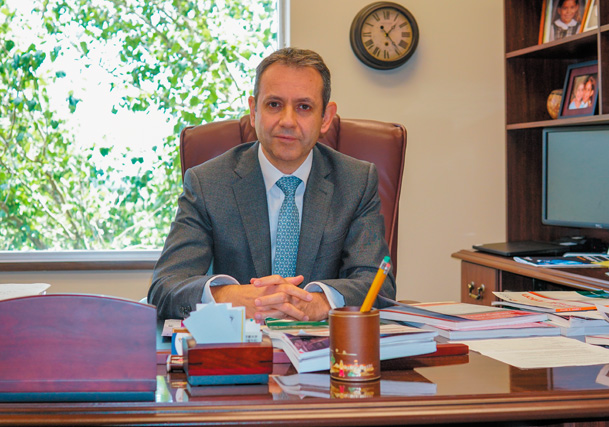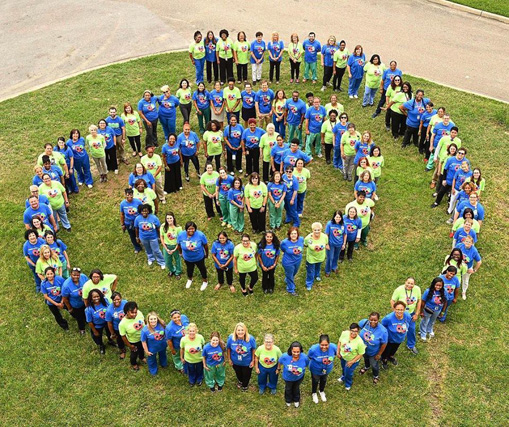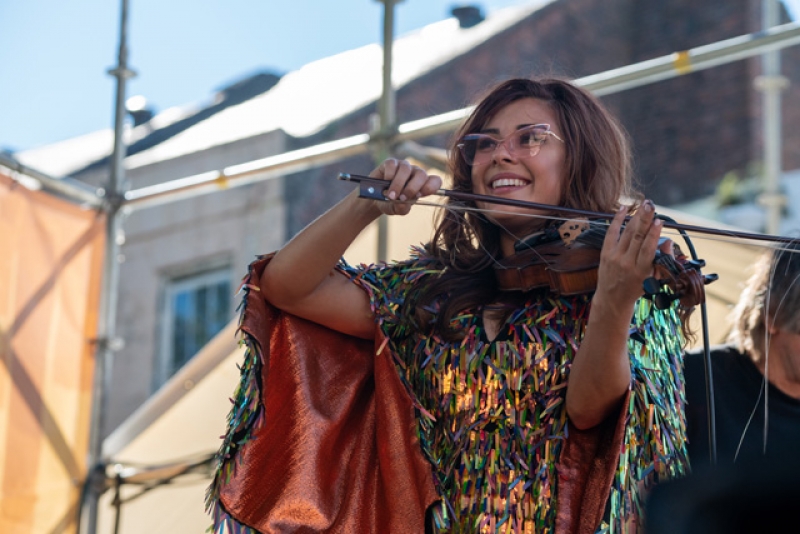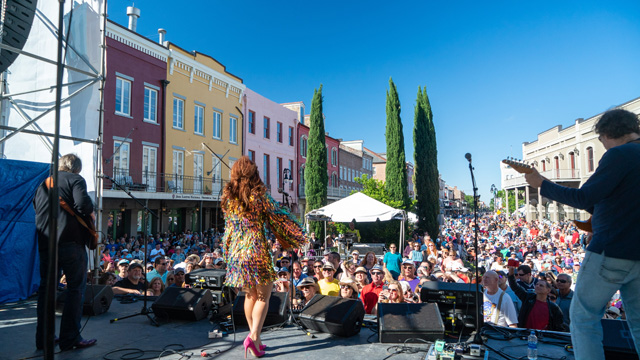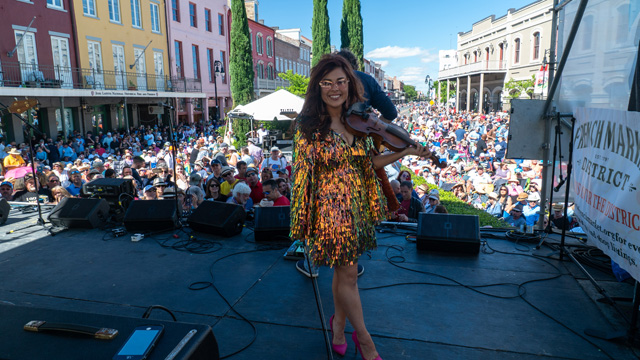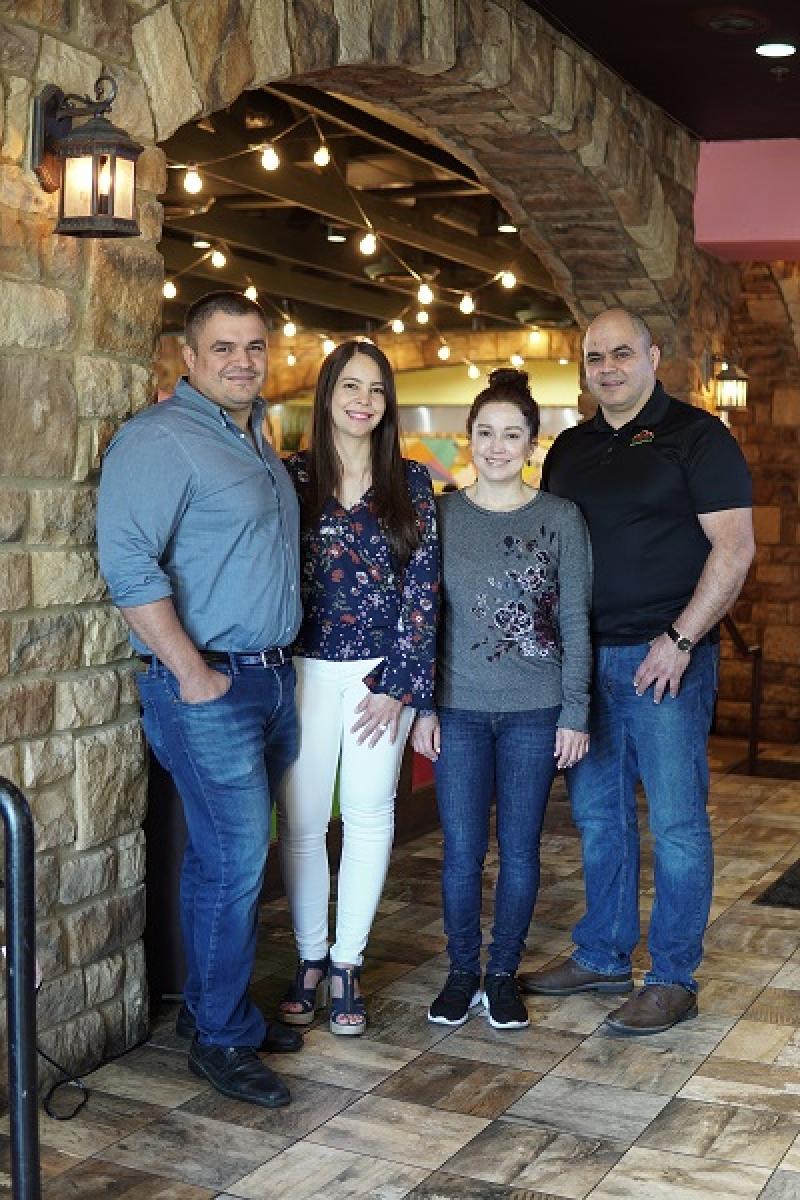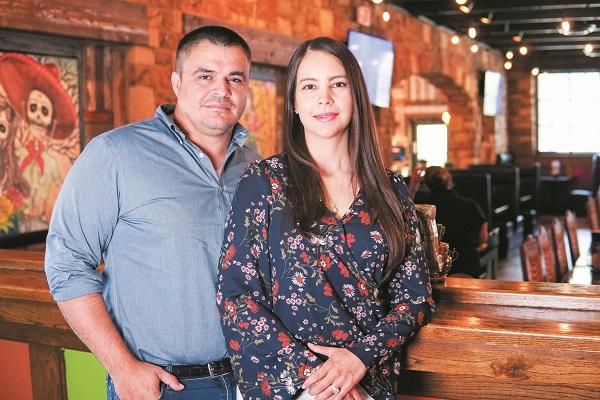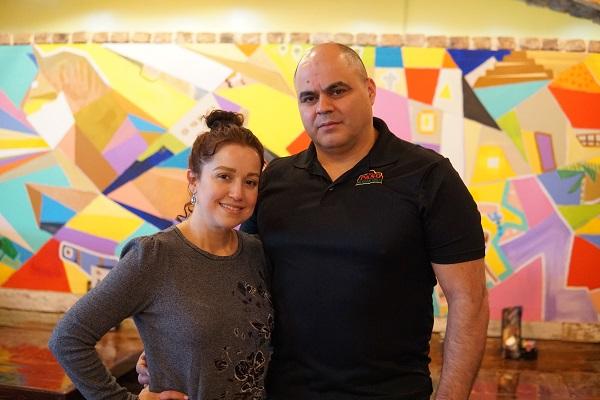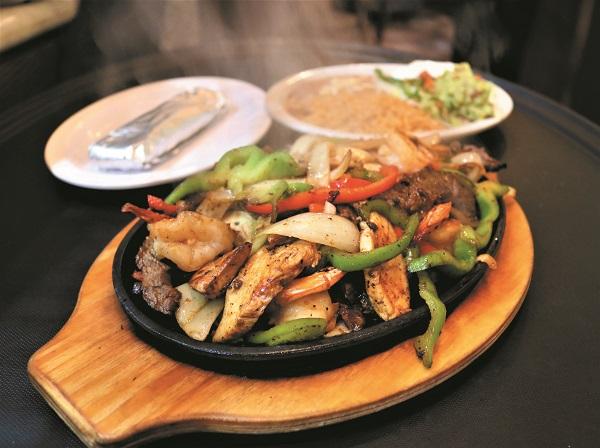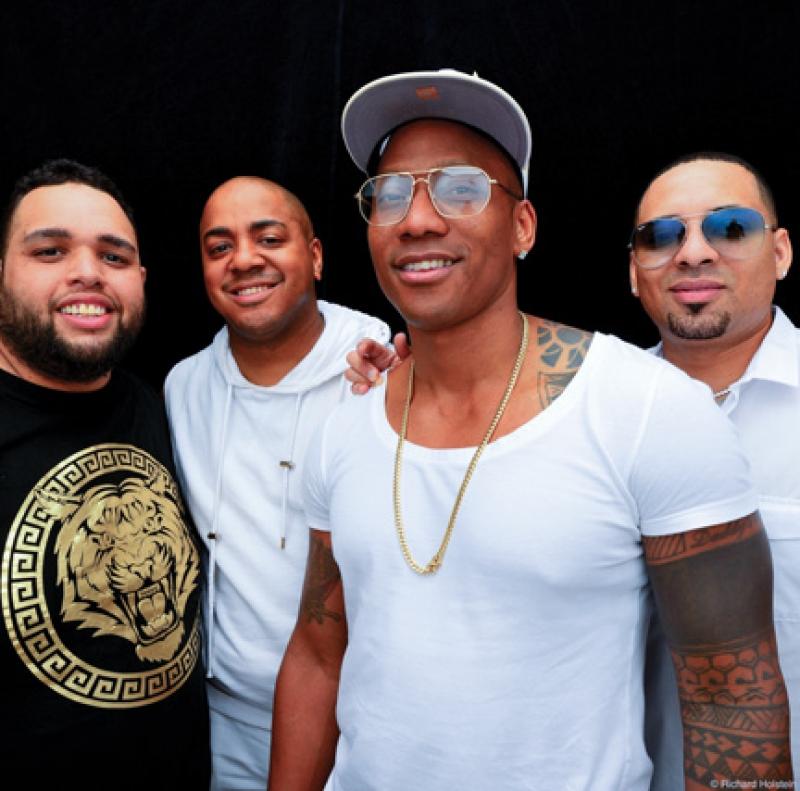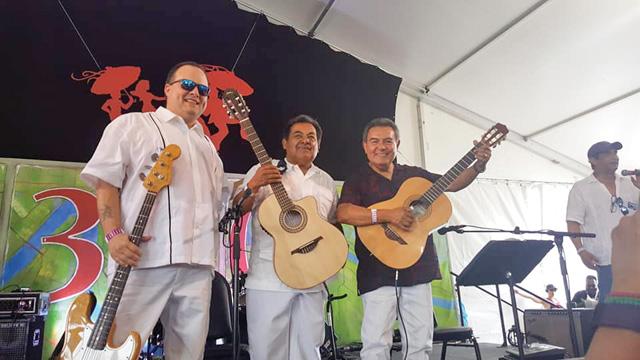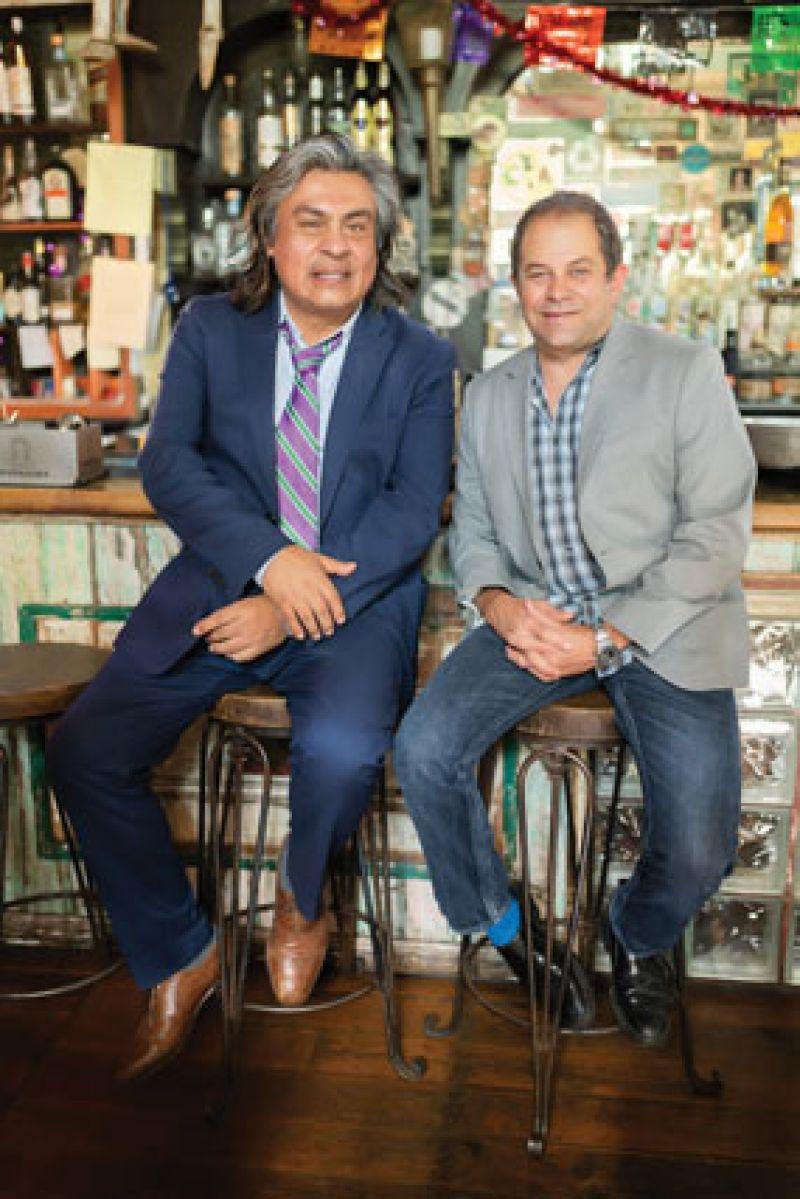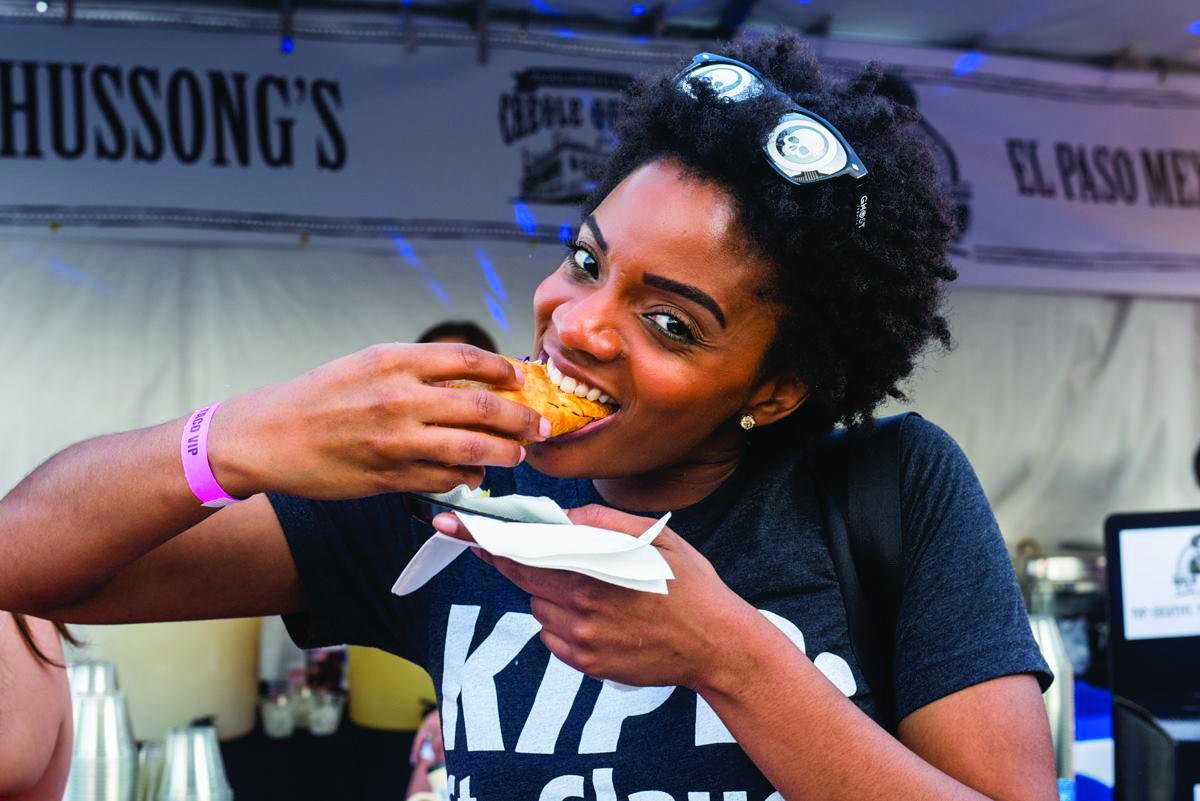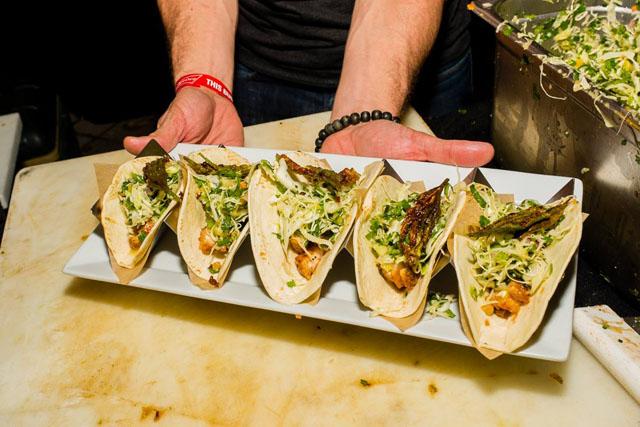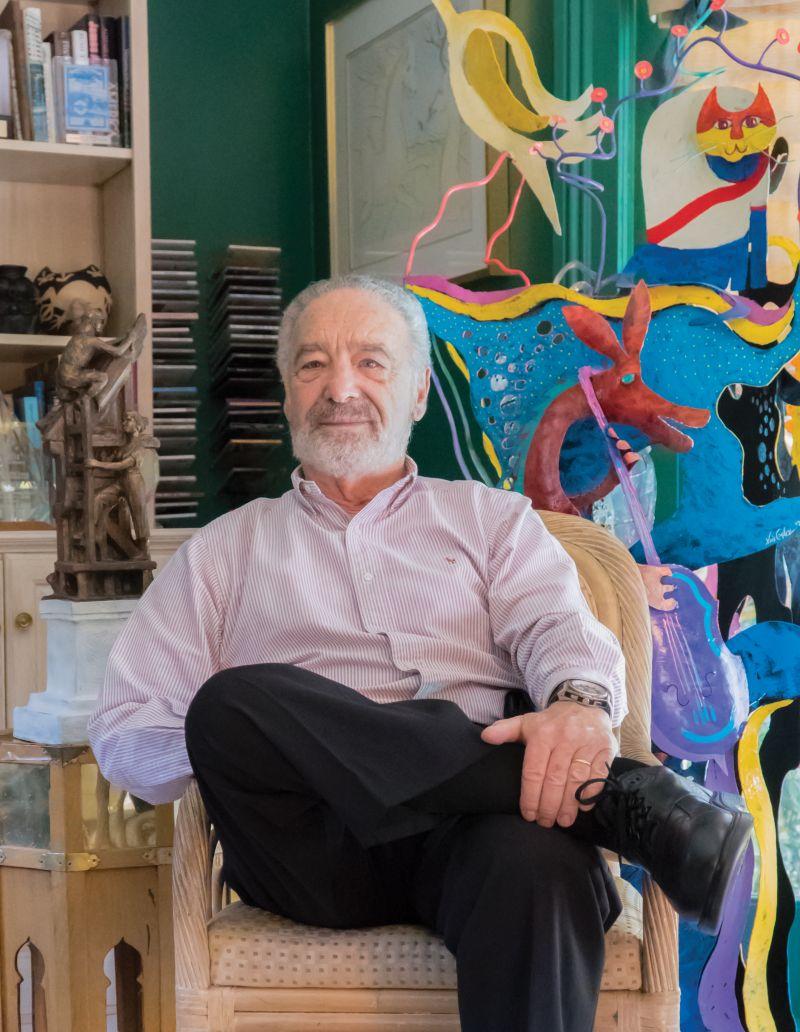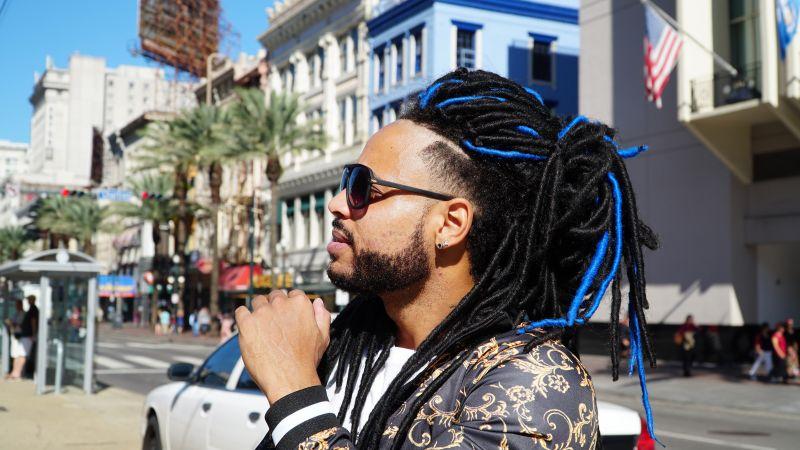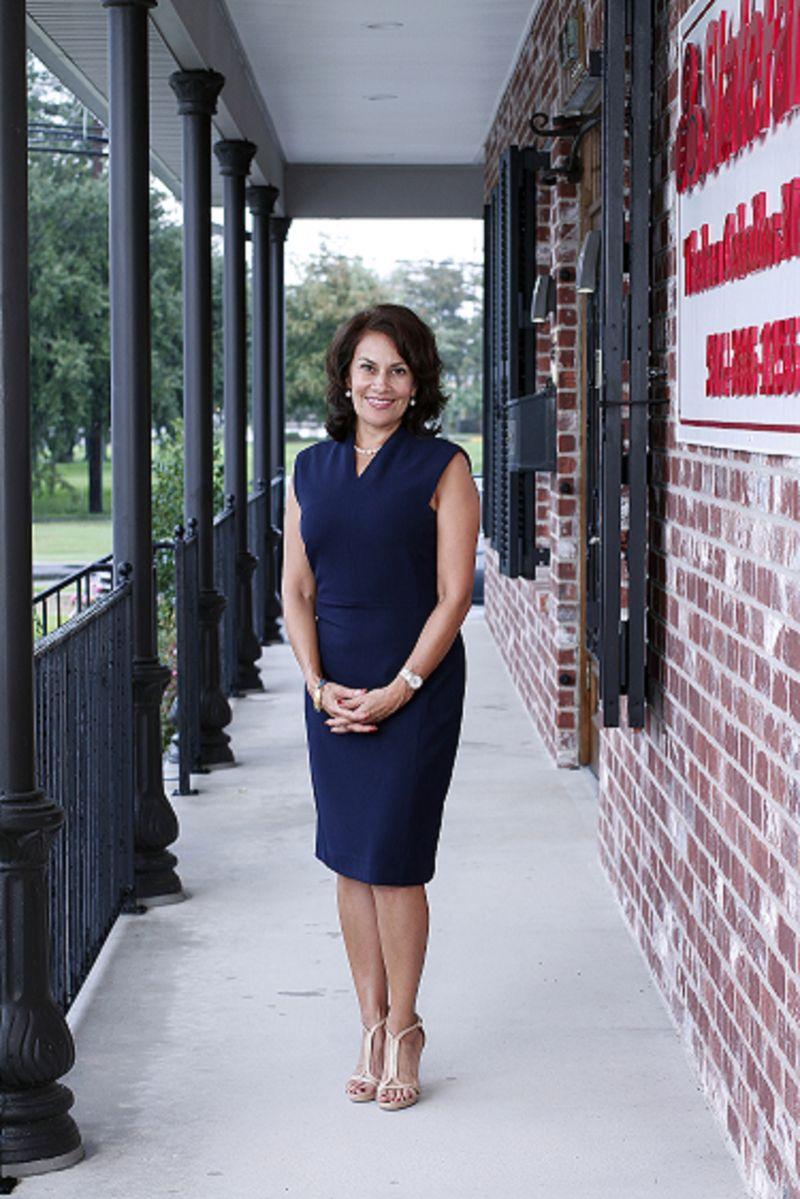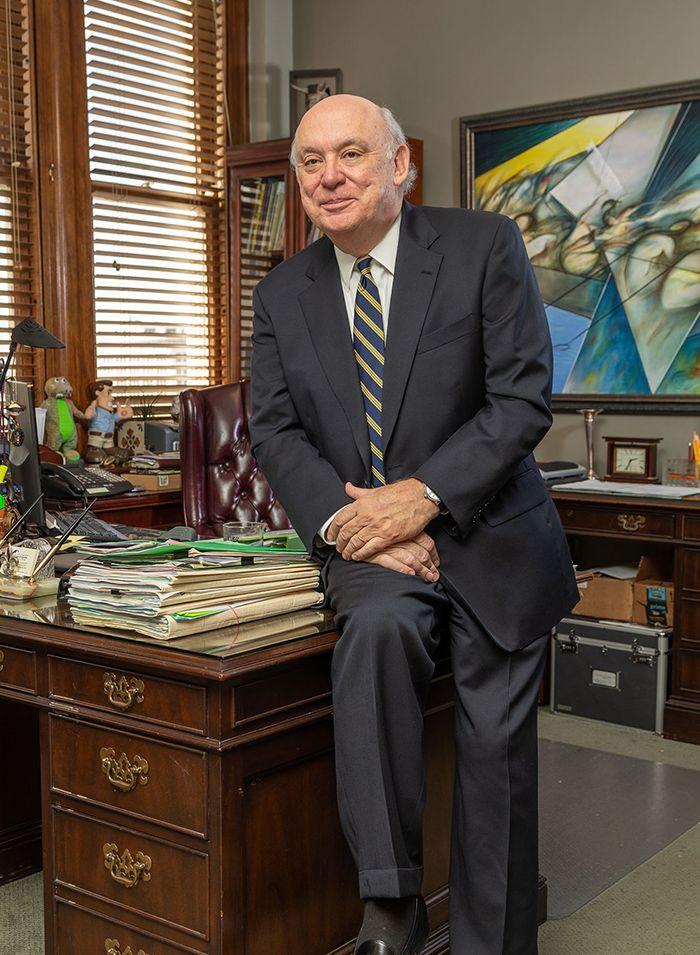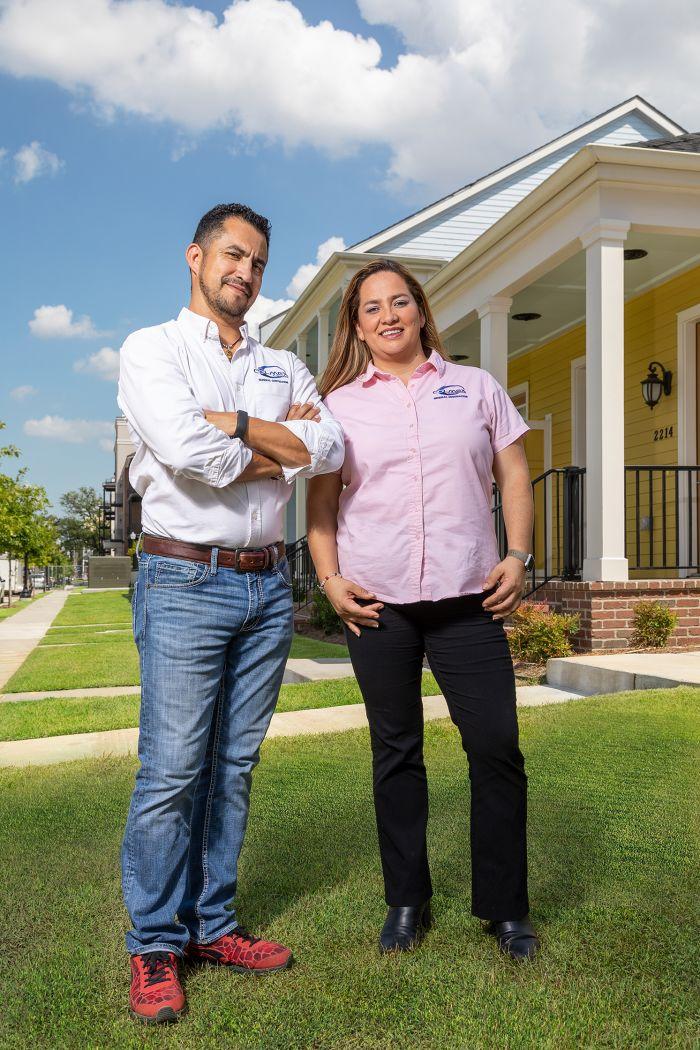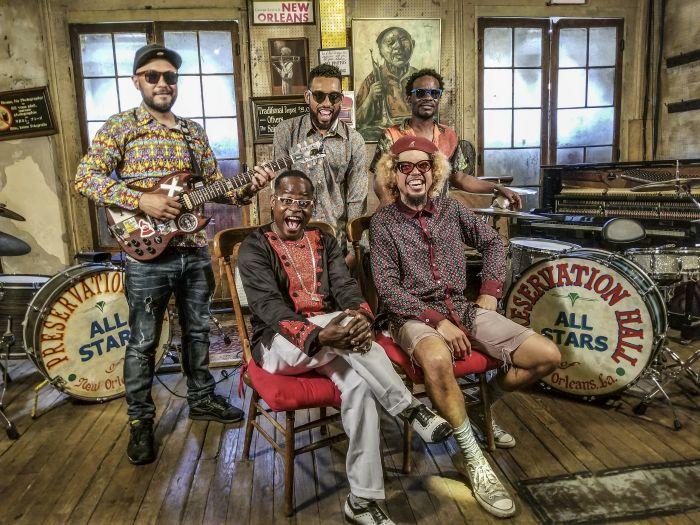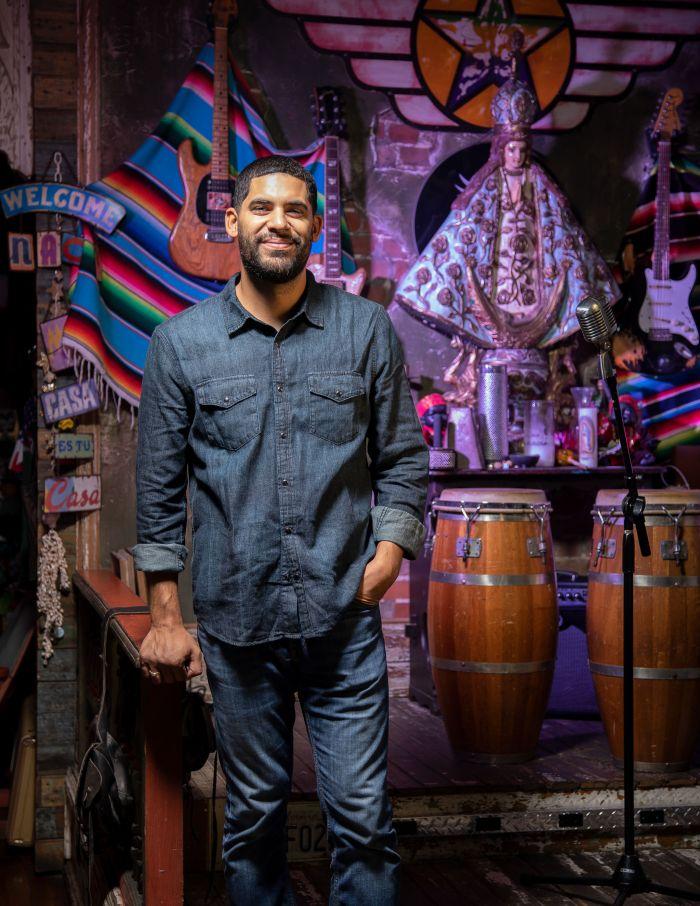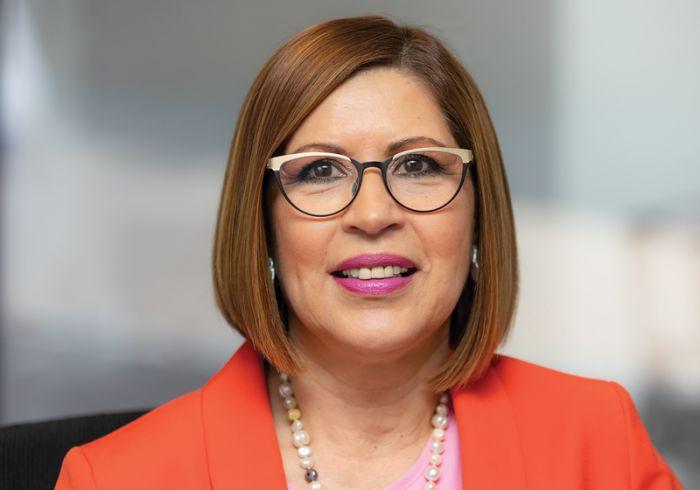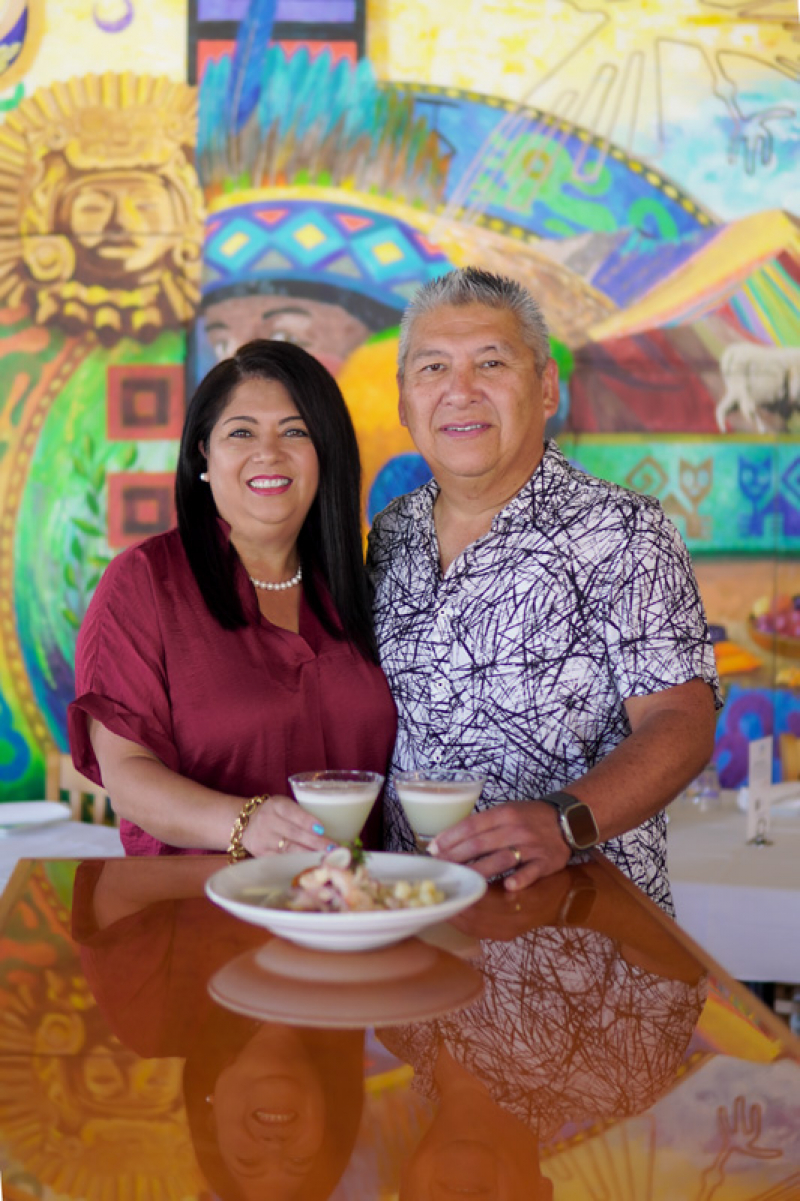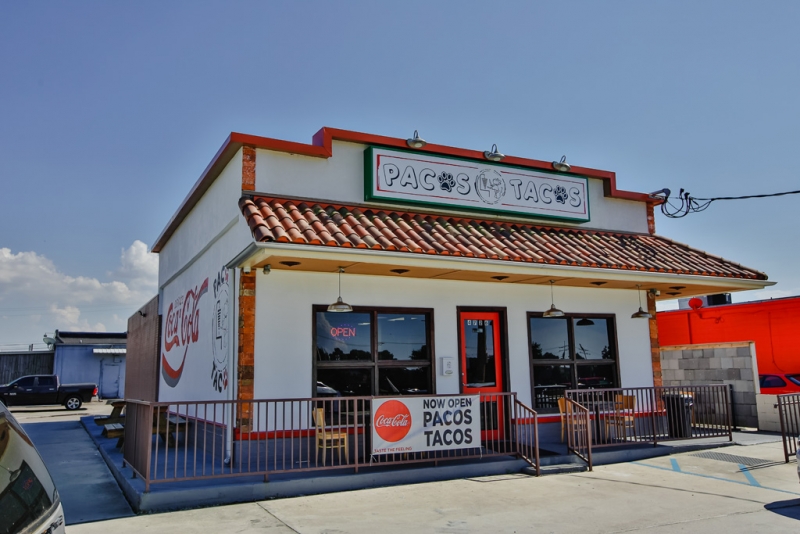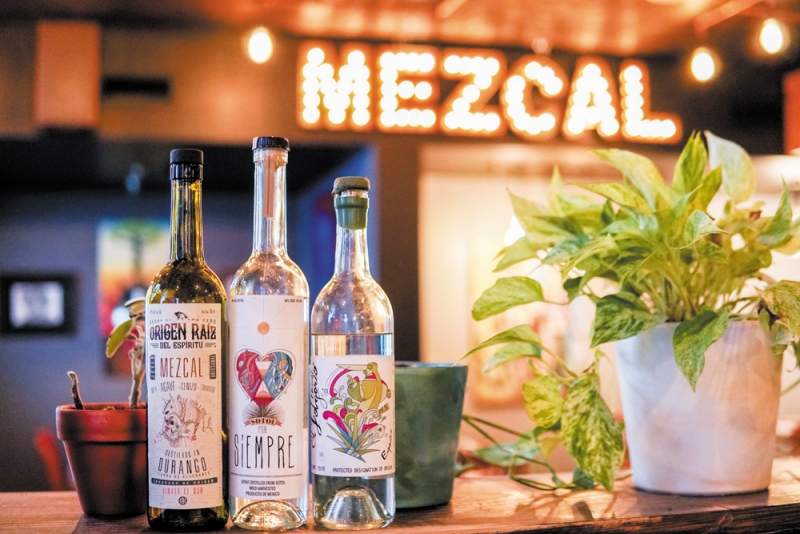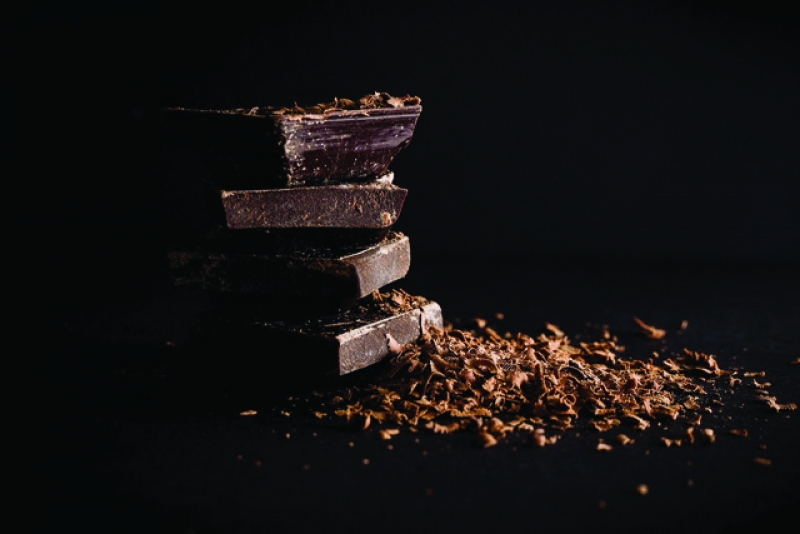- Published in Cover Story
- Written by AnaMaria Bech
Boss Mother: Amy Landry
Amy Landry
By AnaMaria Bech
Click aqui para español- >Boss Mother: Amy Landry
Tell us about your work.
I wear multiple hats. I am co-Founder and partner of Diapers to Desk, LLC, owner of Landry Corporate Training, LLC, and part-time employee for Loyola University’s Women’s Leadership Academy.
I created the training program ‘Diapers to Desk,’ which was successfully launched at Shell Oil in 2017, where I spent time one-to-one coaching new mothers returning to work. The need for the program grew to where I eventually partnered with licensed therapist Elyse Shull to create the online version and company Diapers to Desk, LLC in 2019.
How many children do you have?
I have one daughter Ava Elizabeth, who is six.
When did you first become a mother?
My daughter’s birthday is December 31, 2013! My husband and I dealt with infertility for MANY years before we were finally blessed to be expecting. However, whenever I would tell people my due date at the end of December, they would express pity and tell me, “what a terrible time to have a baby.” This infuriated me. I went into labor on December 30th, but I held out as long as I could so Ava could have a “memorable” birthday; thus, Ava was born shortly after midnight on December 31st. Cue the fireworks!
What is the best thing about being a mom?
LOVE! It’s the best thing in the world to fully experience the unconditional love that mothers have for their children. When my daughter tells me that she loves me with her whole heart, I can’t even begin to describe how my heart literally bursts with my love for her!
How long did you take before getting back to work?
Twelve weeks off, the full amount of FMLA that was offered to me at the time. I do remember a co-worker asked me one day how long I would take off and I said twelve weeks. She replied, “must be nice.” The comment struck me, and I remember feeling guilty and worried if I should not take the full 12 weeks.
What was your biggest fear about returning to work?
I had a million thoughts and fears! I was breastfeeding at the time, so I worried about pumping and keeping my supply up. I was also worried because I was so exhausted, and I did not feel like myself. At 12 weeks, I was still reeling from the shock of being a new mother and worried about how to manage my former high-achieving, professional self with a NEW full-time job as a mother. In the past five years, I have coached countless new mothers on maternity leave and have found that regardless of age, profession, race, ethnicity, and other factors, most mothers all feel the same gut-wrenching fears of leaving our babies and returning to work. It is a difficult transition to say the least and a transition that most of us are ill-prepared for and receive little to no support.
How did your dynamic at work change?
I was an HR director serving on an all-male executive team and I was the youngest by more than 15 years. It was hard to relate to each other. I had also discussed flexible work options and the ability to work from home, which did not end up happening. It was a struggle for me because I was not prepared for the shock and trying to adjust back to work. My entire career had been built on giving resources to employees and helping in times of need, but as a new professional working mother, I felt like my world had flipped upside down and I did not have a resource to turn to for help. This was an isolating and overwhelming experience for me.
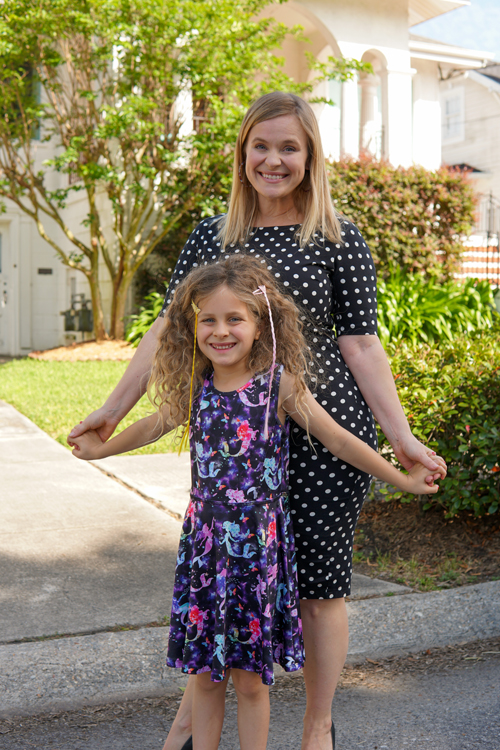
What can women do to find that mom/boss balance?
In Diapers to Desk, LLC., we have a training support course called BALANCE, and we break this down over seven courses because there’s no secret recipe or easy fix for work-life balance. It’s a mindset. One must learn to prioritize your values and yourself. It’s coming to terms with unrealistic expectations, managing and learning to release guilt, establishing boundaries, and even gaining communication skills on how to speak up for yourself in an assertive manner. Mothers can be so good at taking care of everyone else, but usually at the expense of ourselves. In order to have balance, mothers must begin by taking care of themselves.
Are there biases against mothers in the workplace in general?
Yes, there are biases that exist for mothers in the workplace. I remember when I told my boss that I was expecting. His immediate response was, “Are you going to come back?”. I hadn’t even considered NOT coming back. Many people react this way and this is a hidden bias, which when left unchecked can even lead to discrimination.
Diapers to Desk, LLC has a companywide course called ‘Babies, Bias, & Burnout’ that uncovers the hidden bias and educates on what we call ‘benevolent discrimination,’ which regardless of your intentions, it is still illegal.
What can companies do to be more accommodating to working mothers?
Diapers to Desk was created out of a desire to improve the experience for working mothers, and the plan started with empowering the individual mother. Over time, our mission has evolved into partnering with companies to offer support and training for their entire team because it must start with the company wanting to create inclusive, supportive environments.
What makes you proud of being a working mother?
I think being a mother makes you a working mother. I know many mothers that do not work outside of their home, but they work so hard and put all their efforts into their children without pay, so all mothers should be proud of the work they do! I am personally proud that I can inspire my daughter and get to nurture her ambitions by showing her to work with passion. My ultimate goal is to make the world better for her.
How does motherhood make one a better professional?
I believe that motherhood helps put things in perspective, and your sense of urgency increases., You also learn not to sweat the small stuff, and how to better manage emotions. I felt a level of confidence that I had NEVER felt after having my daughter that I was indeed a superhero capable of anything.
How have you handled the COVID-19 pandemic regarding work and family?
Well, …we have had good hours and bad hours, and every day feels like Groundhog Day. But it boils down to that I am doing the best I can, focusing on the things that I can control, having clear communication with my spouse on how to work around each other, and being grateful that we are safe at home and still working. But I’m not going to lie...We are making time for daily ice cream AND LOTS OF NETFLIX.




